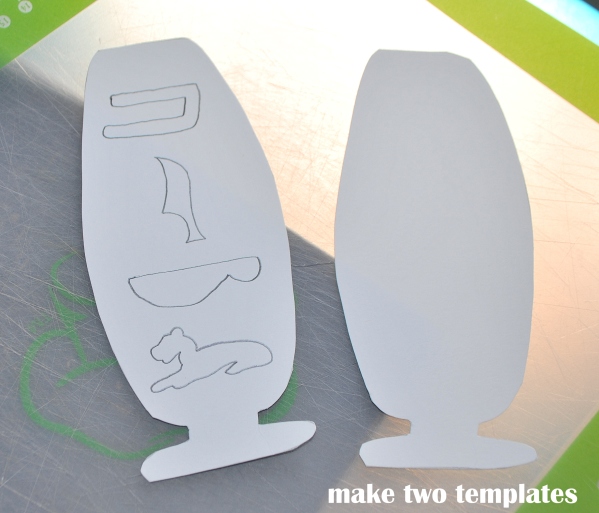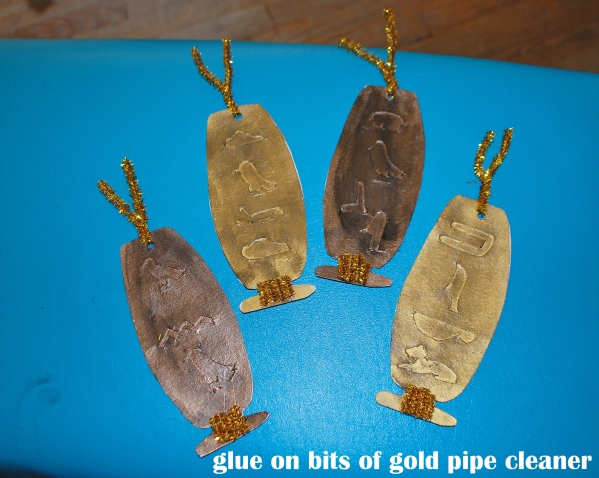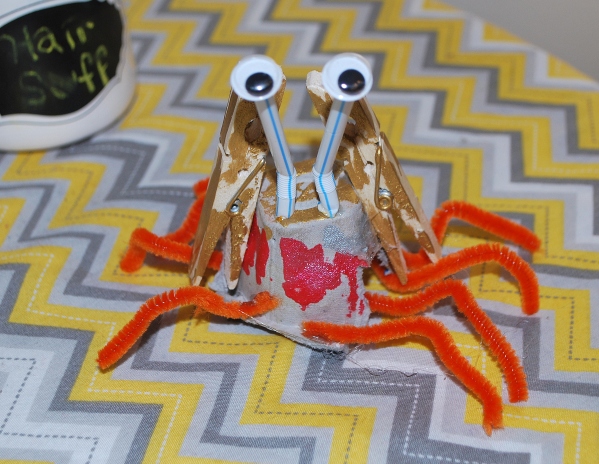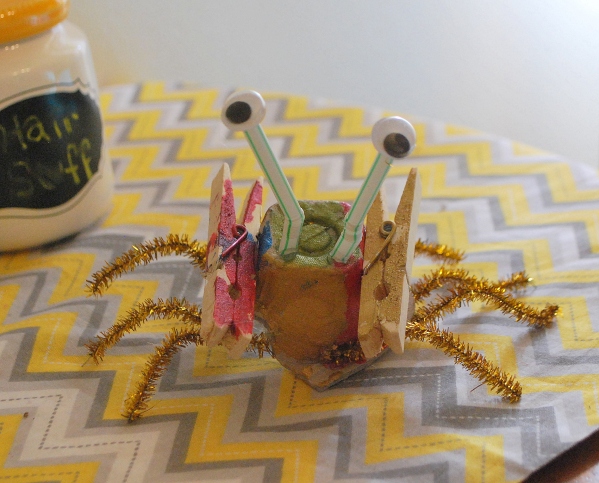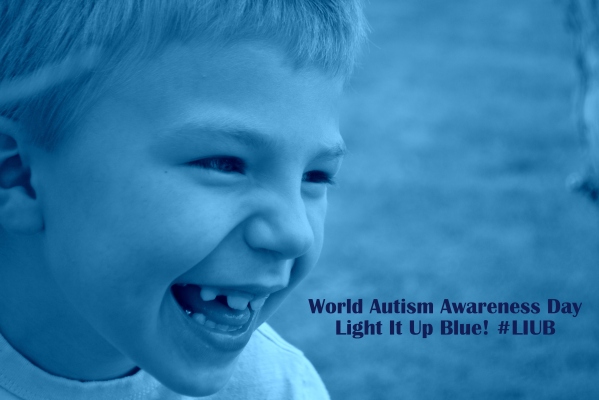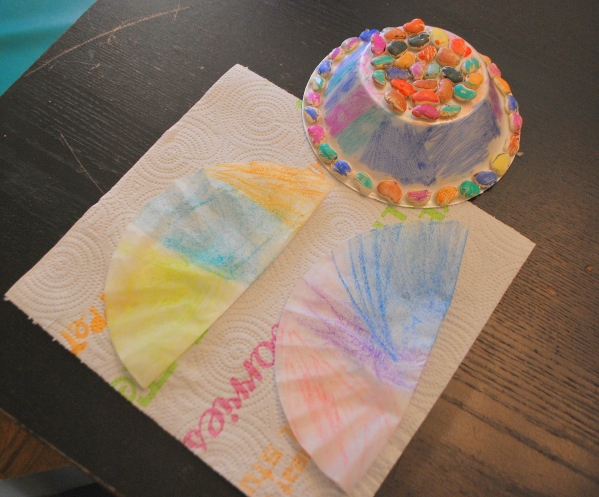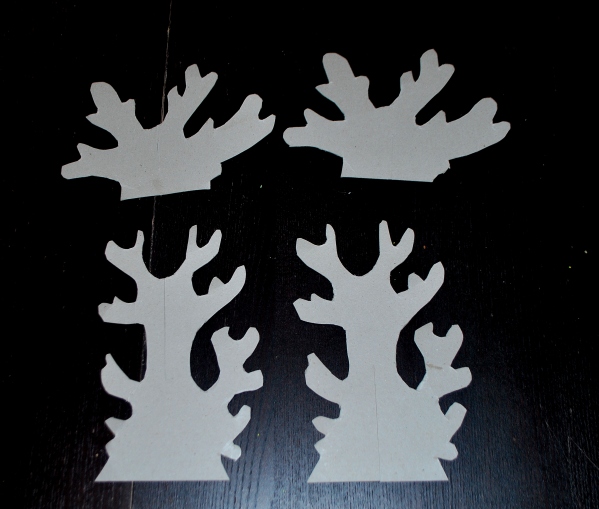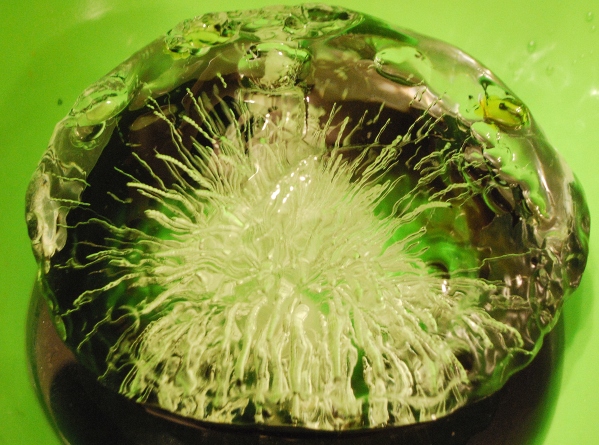I’ve posted in the past about doing a juice cleanse to get healthy.
I’ve posted weekly updates about exercise and motivation and the avoidance of sugar.
I’ve posted about our family’s adventures in trying a Paleo diet.
In all of these posts, there was a tale of moderate success to be told. I even described myself as a “big fan of healthy living” in my About Me.
But all of these things came to an end in one way or another. Juicing felt great at first, and it was a good way to jump start better eating habits. But, honestly, slamming your body with that much sugar, albeit natural sugar, had its ups and downs. I was cranky and hungry a lot. WE were hangry people. And being hangry is not a great way to sustain a healthy lifestyle. Exercise was fine, when I could manage to fit it in somehow. I tried to do home video workouts and attempted to go running early in the morning when I could. The video workouts were not very motivating for me, and it was difficult to keep kids at bay while I did them. I was constantly interrupted or worse, observed entirely too closely, and the workouts became a thing of the past. Running, well, it just wasn’t for me. I trained for a 5K and successfully did it; then I lost interest. Also, PNW winters are no fun for running. I admire people who do it, but I am just not one of those people. The Paleo experiment was interesting. It was difficult to get the family on board, and it was expensive to be eating that much protein all the time. We did it exclusively for almost three months and then gradually added back in some dairy and some grains. Paleo was helpful for figuring out some of my body issues, but for our family personally, it was not sustainable for a long time. We do tend to have meals that are Paleo at least a few times a week, but the rest of the time, we are enjoying brown rice or whole-wheat pasta or roasted potatoes with our proteins and veggies.
Around Thanksgiving time last year, I made an unconscious decision to stop trying. I wasn’t exercising at all or even attempting to be active beyond what was required of me in my daily life. I stopped caring so much about what went into our daily meals and snacks. Delicious homemade meals with extra helpings for all became normal. I started drinking soda again – sometimes two or three in one day. I thought nothing of having a venti sugary Starbucks drink and then having a dessert after dinner on the same day. At Christmas time, my in-laws gave me some money for a gift, and I used it to get myself some new jeans. Bigger jeans. A size I had never worn before. That should have been a wake-up call right there, but I continued right along in my apathetic ways. I stopped planning meals and fast food sneaked in more and more. The kids would ask me to come out and jump on the trampoline, but I always had an excuse not to. They stopped asking. I would sit inside at the dining room table, folding laundry while watching them through the window.
My clothes got tighter. I would sit slightly hunched over at church or in other public places so my belly wouldn’t stick out so much. Still, I could not seem to find motivation to change, to stop this indifferent lifestyle. I was miserable all the time. I was exhausted all the time.
One day, I went into the bathroom and took a good long look in the mirror. I didn’t like the person I saw there. It was not even about the weight gain, the protruding stomach, the flabby arms, and the round face. I didn’t like the person inside of me. Why couldn’t I have any self-discipline in this area of my life? Why was I willing to throw in the towel so easily? Why couldn’t I commit to something and stick to it? The deeper questions came next. Why do I care so little about myself? What is it about me that is unworthy of change?
Facing these questions about yourself is hard. I knew I could go to the computer and google “getting healthy” or “losing weight” and find hundreds of plans for doing so. But I didn’t need a plan. In that bathroom that day, I realized I needed a heart change. The diet books and the exercise videos were not going to help me with that.


